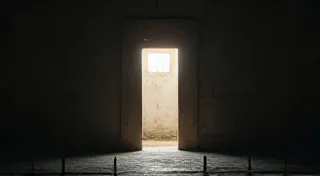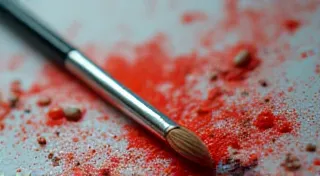Shadows of Industry: The Human Cost Behind Antique Doll Production
Antique dolls. They evoke a sense of nostalgia, of childhood wonder, of a bygone era of elegance and craftsmanship. We admire their porcelain faces, their delicate painted features, the intricate stitching of their costumes. But rarely do we pause to consider the stories *behind* these beautiful objects, the human cost interwoven into their creation. The allure of a perfectly preserved Bru, a charming Kestner, or a graceful Jumeau masks a reality often obscured by the passage of time: a history of exploitation and challenging social conditions.
My own fascination with antique dolls began not with a desire for possession, but with a curiosity about history. I’m drawn to objects that whisper stories, that offer a tangible link to the past. But the deeper I delved into the world of doll collecting, the more I became aware of a shadow—the uncomfortable truth that these cherished relics were often born from the sweat and hardship of others.
The Rise of the Doll Industry and Its Labor Force
The 19th century witnessed the burgeoning of the European doll industry, particularly in Germany and France. The Industrial Revolution had brought with it mechanized production, transforming the way goods were made. Suddenly, mass-produced dolls became attainable for a wider segment of the population. But the machinery, while efficient, required a workforce – a workforce comprised largely of women and children.
In cities like Sonneberg, Germany, known as the "Doll Capital of the World," entire families were employed in the doll factories. The tasks were highly specialized, requiring incredible dexterity and attention to detail. One woman might paint only the eyes of a hundred dolls a day; another might painstakingly apply a single layer of blush. Children as young as six or seven were employed, their tiny fingers well-suited for tasks like sewing miniature clothes or attaching limbs. The origins of this industry's influence are fascinating and can be explored further in articles dedicated to The Cartography of Childhood: Mapping the Geographic Origins of Antique Dolls.
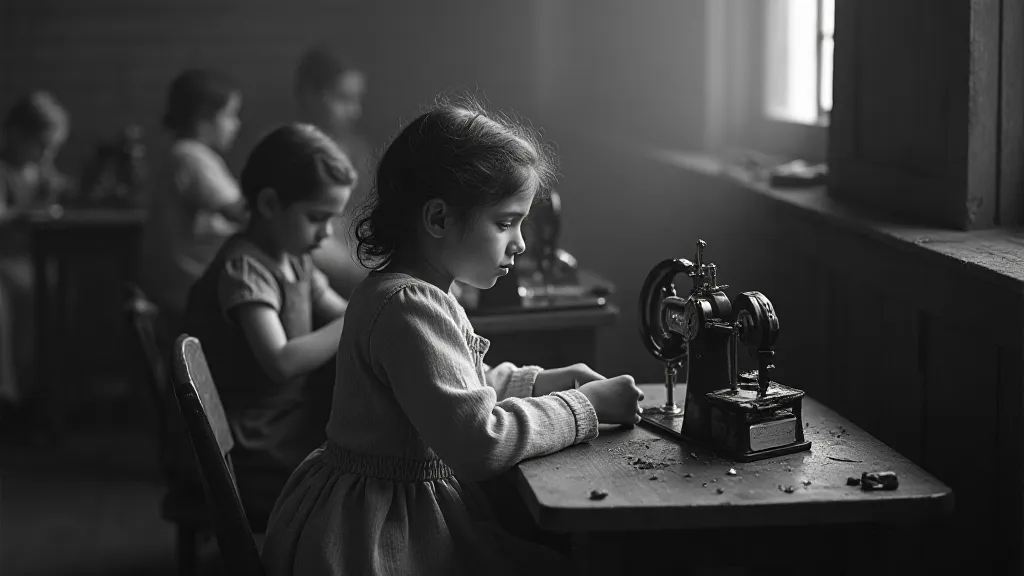
The working conditions were often appalling. Factories were poorly ventilated, filled with dust from the porcelain and paint, leading to respiratory problems. Wages were meager, barely enough to sustain a family. Long hours were the norm – twelve, fourteen, even sixteen hours a day were not uncommon. There was little to no job security; a worker could be dismissed at a moment’s notice for any perceived infraction. Beyond the practicalities of production, the emotional inheritance associated with these dolls can be incredibly powerful; the stories attached to them often span generations. Understanding Whispers of Inheritance: The Emotional Weight of Passed-Down Antique Dolls adds another layer of appreciation.
Beyond the Factory Floor: The Impact on Families and Communities
The impact of this labor system extended beyond the factory walls. Families were often fractured, with members working in different parts of the process, rarely seeing each other. Children were deprived of education and play, their childhoods consumed by the demands of the industry. The constant pressure to meet production quotas created a climate of fear and anxiety.
Furthermore, the availability of cheap, mass-produced dolls decimated local craftspeople who had traditionally made dolls by hand. The intricate artistry of these handcrafted dolls, often passed down through generations, was overshadowed by the efficiency and lower cost of factory production. It’s a poignant reminder that progress, while often celebrated, can come at a significant social cost. The materials themselves—beyond the familiar porcelain and cloth—tell a story of resource extraction and the ingenuity born of necessity. Discovering Beyond Porcelain and Cloth: The Unsung Materials in Antique Doll Construction reveals a complete picture.
Craftsmanship and the Human Touch – A Paradoxical Beauty
Despite the harsh realities of their production, antique dolls possess an undeniable beauty. The skill and artistry of the craftspeople, even under exploitative conditions, are evident in every stitch, every brushstroke. The subtle nuances of a painted face, the delicate folds of a silk dress – these are the hallmarks of human ingenuity and dedication. It's a paradoxical beauty, born from a system of injustice.
Consider the Kestner dolls, for example. Their lifelike features, their expressive eyes – these were achieved through a combination of skilled artistry and advanced techniques. Yet, the women who painstakingly painted those faces were likely working in cramped, poorly lit conditions, earning barely enough to survive. Recognizing this duality – the beauty born from hardship – adds a layer of complexity and profound respect for these objects.
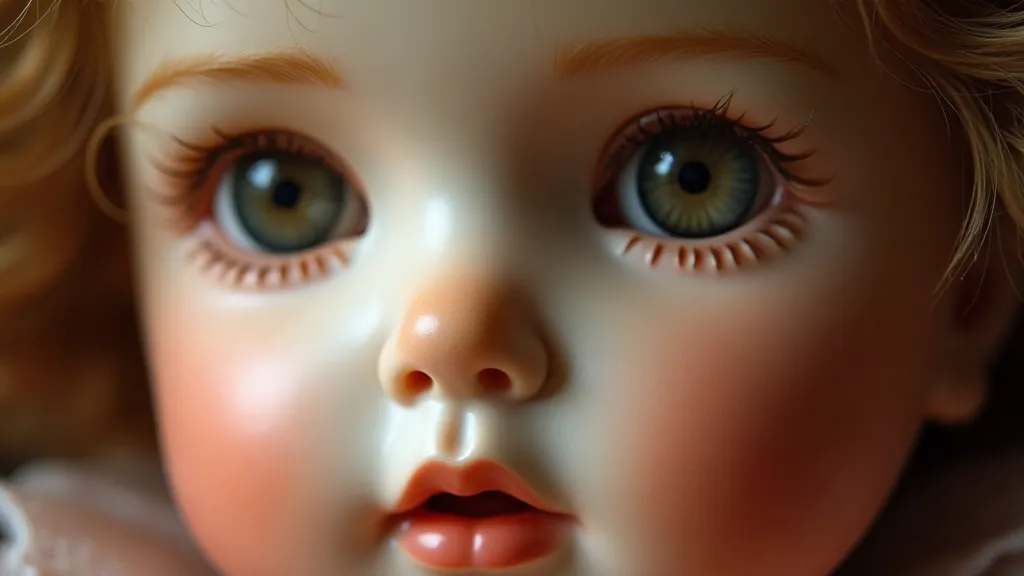
Restoration, in a way, becomes more than just a technical process. It’s a form of acknowledgment – a recognition of the human hands that created these dolls and the struggles they endured. Cleaning a faded dress, repairing a cracked limb – these actions become acts of honoring the past, of remembering the people whose labor brought these dolls into existence. The pursuit of perfection and the dedication required for collecting these cherished items can be all-consuming, as evidenced by The Collector's Paradox: Obsession and the Pursuit of Perfection in Antique Doll Collecting.
Valuation and Ethical Collecting
The value of antique dolls is determined by a variety of factors: rarity, condition, originality, and desirability. However, ethical collecting should incorporate an awareness of the human cost behind their creation. Knowing the history, understanding the circumstances in which these dolls were made, adds another dimension to the appreciation and valuation process.
It’s not about shaming the pursuit of collecting, but about fostering a more informed and compassionate approach. It's about acknowledging that these objects are not just commodities; they are artifacts of a complex and often difficult history. Buying from reputable dealers who are knowledgeable about the provenance of their dolls is also important. Asking questions, seeking information – these actions can contribute to a more ethical and sustainable collecting practice. A thoughtful collector understands that the process of understanding the history, craftsmanship, and origins often requires extensive research.
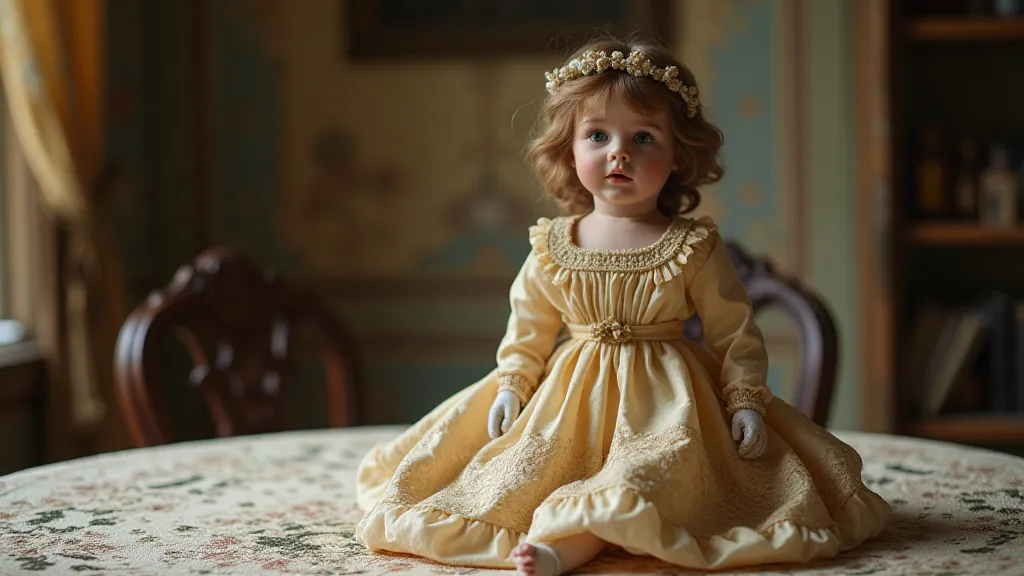
Remembering the Hands That Created Them
Collecting antique dolls is more than just acquiring beautiful objects. It’s about connecting with the past, understanding the stories they hold, and acknowledging the people who made them possible. By remembering the hands that created these dolls, we can gain a deeper appreciation for their beauty and a greater understanding of the complexities of history. Let’s strive to be collectors who are not only passionate about these treasures, but also mindful of the human cost behind their creation – a cost that deserves to be remembered. The legacy of these objects is intertwined with the lives of countless individuals whose labor was often overlooked and undervalued. Their stories deserve to be told, and their contributions recognized, adding depth and meaning to the appreciation of these remarkable creations.
Further research into the manufacturing processes, the types of materials used, and the economic forces that shaped the industry will inevitably uncover more layers of complexity and nuance. Consider the challenges faced by the artisans and workers, the sacrifices they made, and the long-term consequences of their labor. The pursuit of knowledge is a continuous journey, and each new discovery adds another piece to the intricate puzzle of history.
Imagine the young girl, no older than ten, carefully sewing a tiny dress, her fingers nimble despite the exhaustion. Picture the woman, her eyes strained from hours of painting delicate features, her lungs filled with the dust of the factory. These individuals, often nameless and forgotten, were the backbone of the antique doll industry, their contributions essential to the creation of these cherished objects. Remembering them, honoring their sacrifices, is a crucial step towards a more ethical and sustainable approach to collecting.
The world of antique dolls is vast and fascinating, encompassing a rich tapestry of history, craftsmanship, and human stories. As collectors, we have a responsibility to delve deeper, to uncover the hidden narratives, and to celebrate the individuals whose labor brought these treasures into existence. Let us strive to be more than just enthusiasts; let us be historians, storytellers, and advocates for a more equitable understanding of the past.


